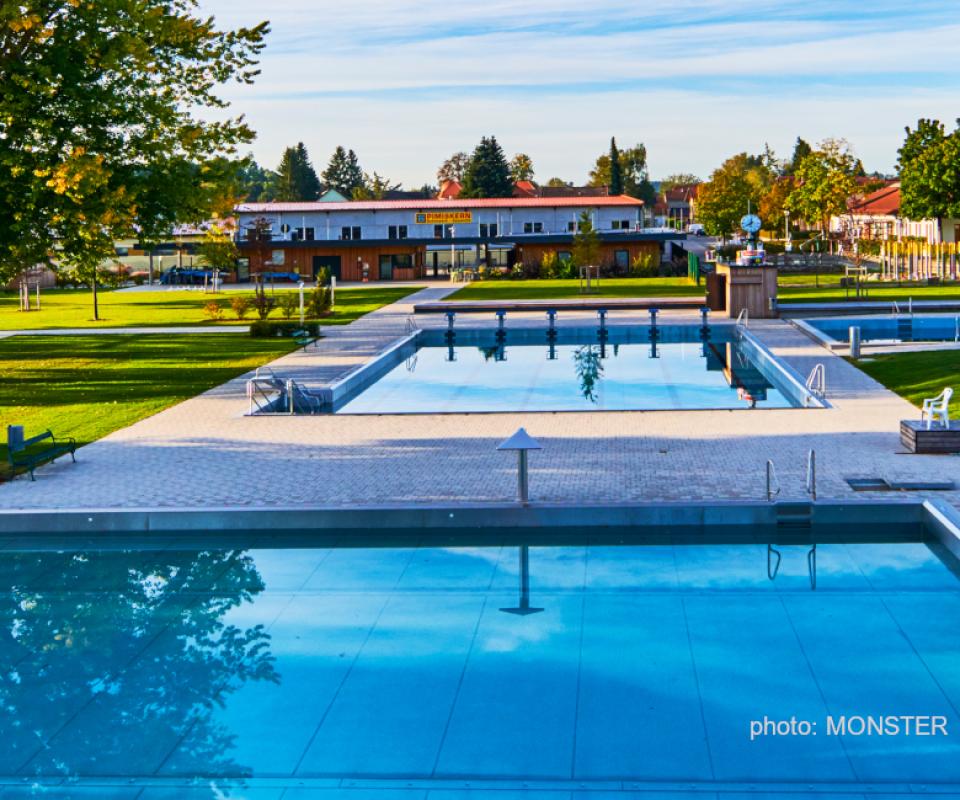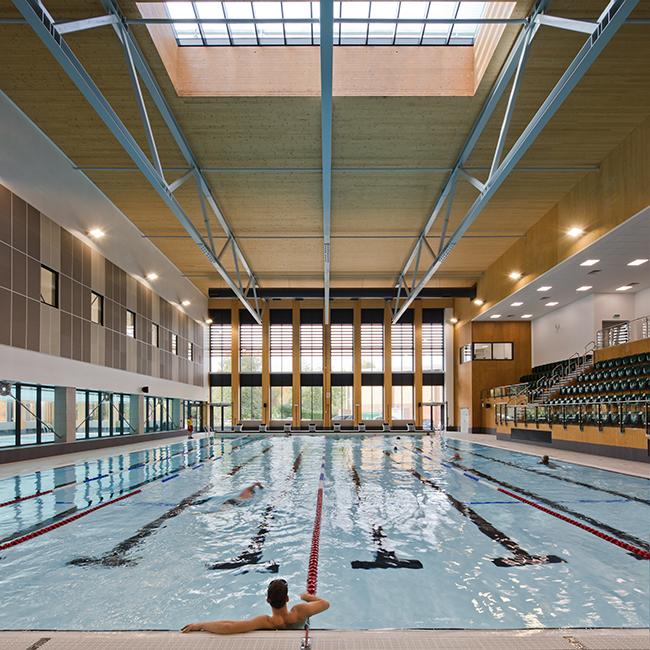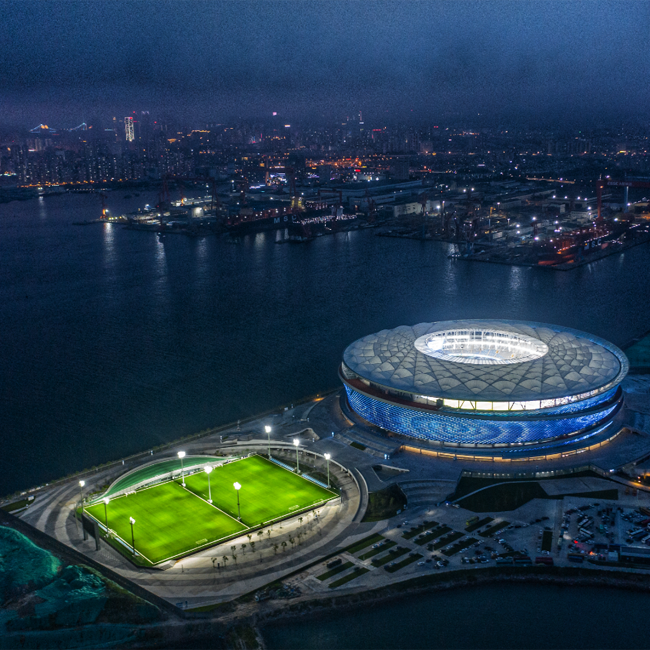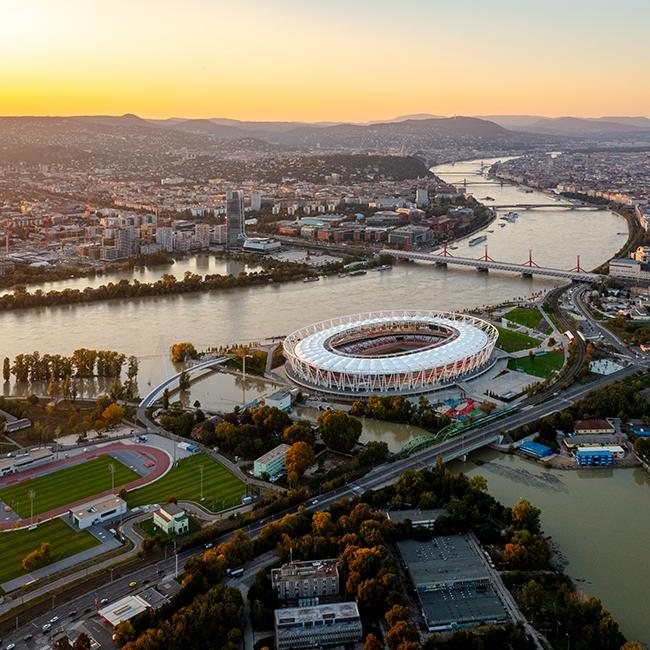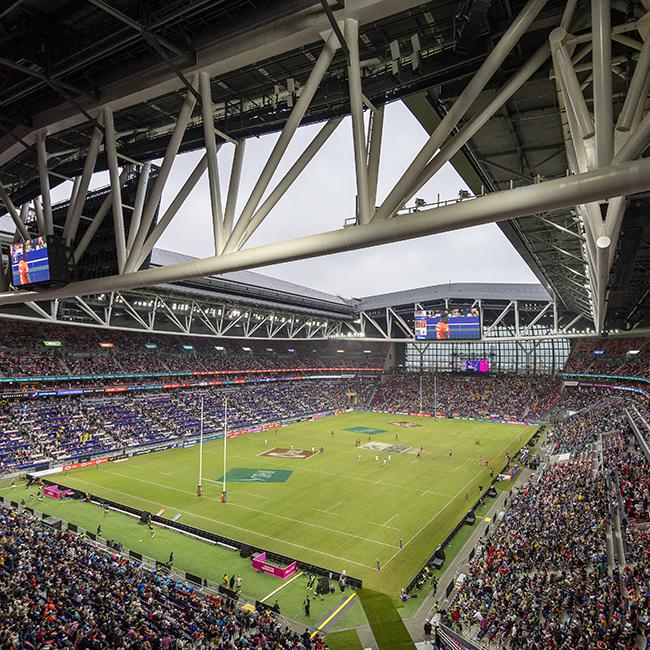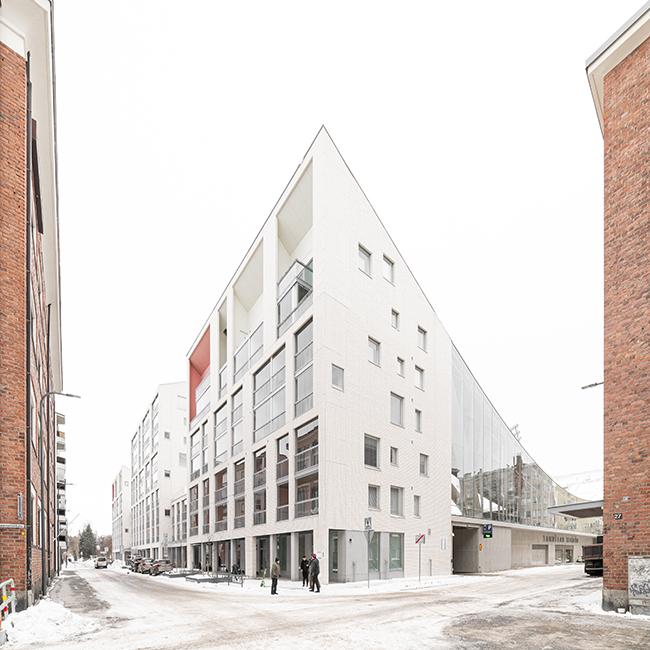Sports facilities – sports halls, outdoor recreation, artificial ice rinks, swimming pools and the like – are highly complex and have costly ongoing operational requirements. Over a facility’s lifetime, operating costs exceed the construction costs by a wide margin; this makes careful planning crucial to ensure the facility meets the needs of both users and the operator. While architectural design and experiential quality are key components of success, they must ensure “design follows function”.

The authors

Dr. Stefan Kannewischer

Darryl Condon

Across the world, ownership models and project delivery processes vary considerably. In many countries, conventional sports facilities are funded and owned by the public, or initiated and controlled by the public sector. The construction or retrofit of public buildings occurs infrequently, sometimes only once every few decades. Therefore, it is common that decision makers have minimal experience when delivering these complex public projects for the first time. Unfortunately, this can mean projects are incorrectly tackled or mismanaged. As such, it is essential to involve specialists to appropriately plan all stages of the project – from the pre-planning (or concept) stage through to operation.
This article presents an overview of an effective and goal-driven project process. It outlines the key project stages, as well as the activities that must occur during each of these stages for a project to meet its full potential. This article is part of the document "International pool case studies".
